#scientific illustrations
Text

Cetacean colour anomalies existing as a gradient let's goooooo.
No seriously I love it when this is a thing. Still part of the colour anomalies poster(s) series. Currently 102 illustrations down, and quite a few more to go.
Depicted here are Atlantic spotted dolphin, Pacific white-sided dolphin and Striped dolphin, with various colour-altering afflictions.
#namtalk#illustrations#colour anomalies#albinism#leucism#melanism#dolphins#scientific illustrations#digital art#Atlantic spotted dolphin#Pacific white-sided dolphin#Striped dolphin
317 notes
·
View notes
Text



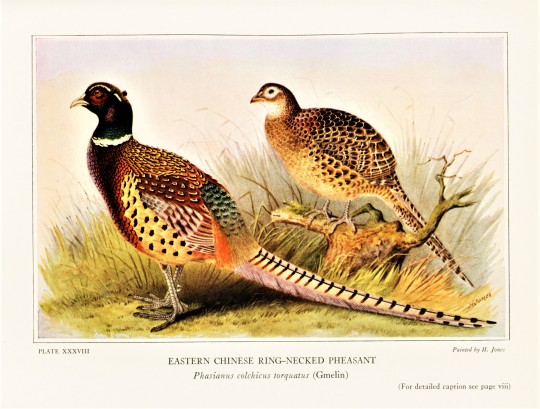

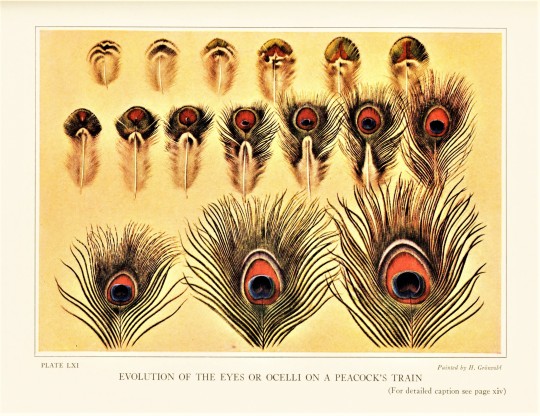



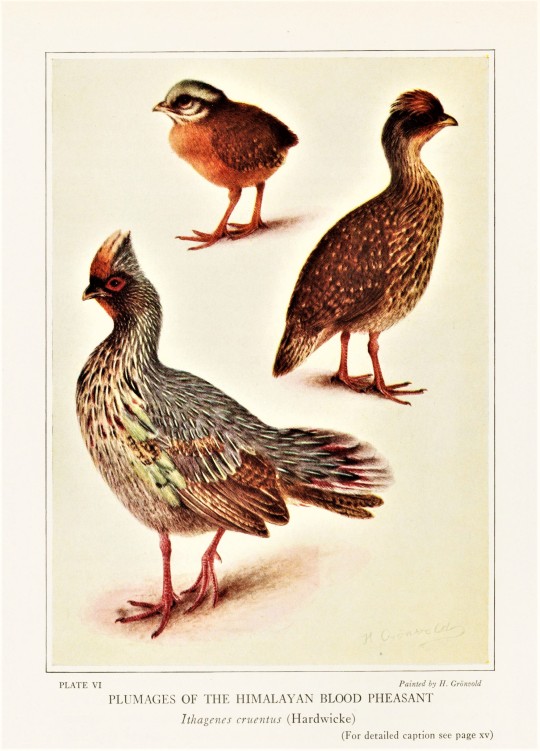
Feathursday Pheasants!
This week we bring you a few Pheasants from around the world as published in the 1936 publication Pheasants Their Lives and Homes by the eminent zoologist and explorer William Beebe, published in Garden City, N.Y. by Doubleday, Duran & Company under the auspices of the New York Zoological Society, where Beebe was director of the Department of Tropical Research.
In 1910, Beebe led a major, 17-month, worldwide expedition for the New York Zoological Society to document the world's pheasants. "The urgency of this journey sprang from the fact that the members of this most beautiful and remarkable group of birds are rapidly becoming extinct, so that the record of their habits and surroundings, which is important to understanding their structure and evolution, will soon be lost forever."
The resulting publication was the 4-volume A Monograph of the Pheasants, published in London by H. F. Witherby for the New York Zoological Society, 1918-1922. The abridged version, Pheasants Their Lives and Homes, first came out in 1926. This is the 1936 edition. The images shown here are by naturalist artists Louis Agassiz Fuertes, Henrik Grønvold, Henry Jones, Charles R. Knight, and George Edward Lodge.
View more posts with pheasants.
View more Feathursday posts.
#feathursday#pheasants#Pheasants Their Lives and Homes#William Beebe#Doubleday#Duran & Company#New York Zoological Society#bird paintings#scientific illustrations#Louis Agassiz Fuertes#Henrik Grønvold#Henry Jones#Charles R. Knight#George Edward Lodge#wildlife artists#birds#birbs!
125 notes
·
View notes
Photo
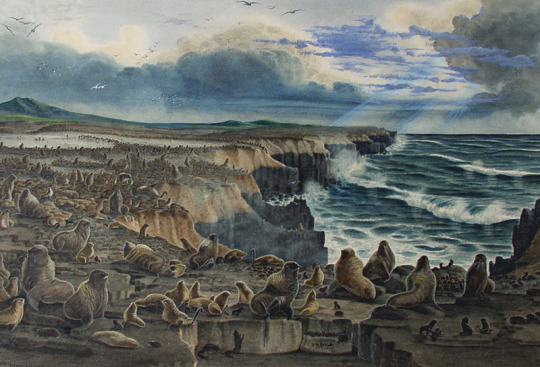
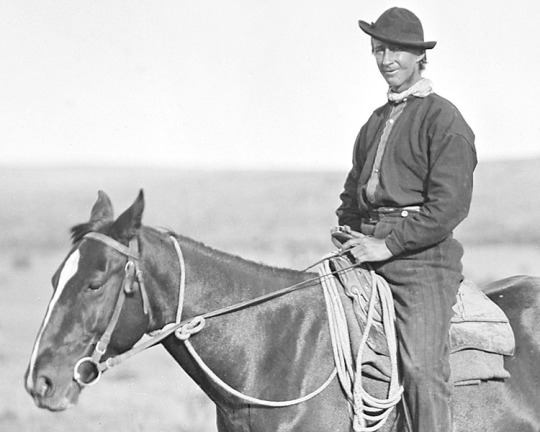




Henry Wood Elliott – Scientist of the Day
Henry Wood Elliott, an American artist, explorer, and conservationist, died May 25, 1930, at the age of 83.
read more...
#Henry Wood Elliott#scientific illustrations#seals conservation#histsci#histSTM#19th century#20thh century#history of science#Ashworth#Scientist of the Day
30 notes
·
View notes
Text

#bats#illustrations#illustration#scientific illustrations#bat#mypost#bat illustrations#art#vintage#gothic
2 notes
·
View notes
Text
Mushrooms photos and vintage scientific illustrations


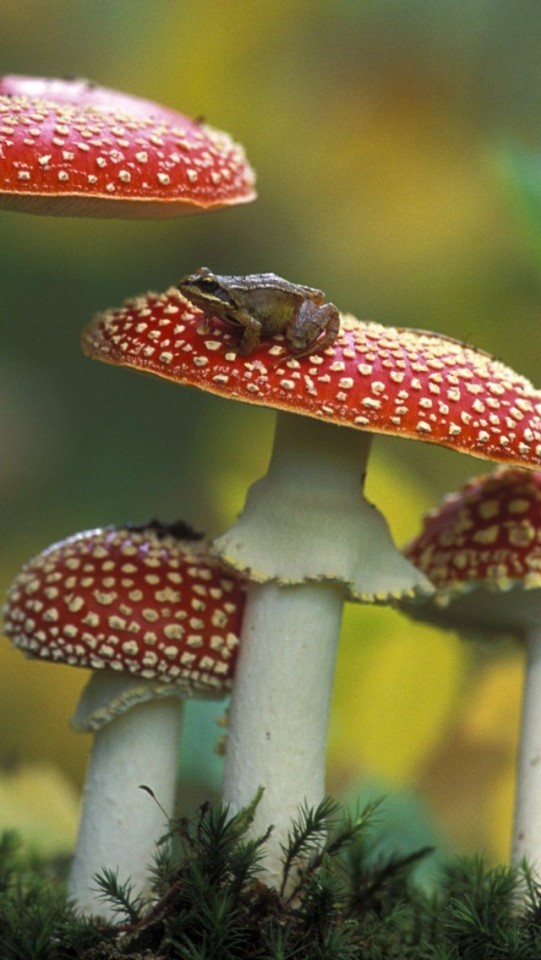


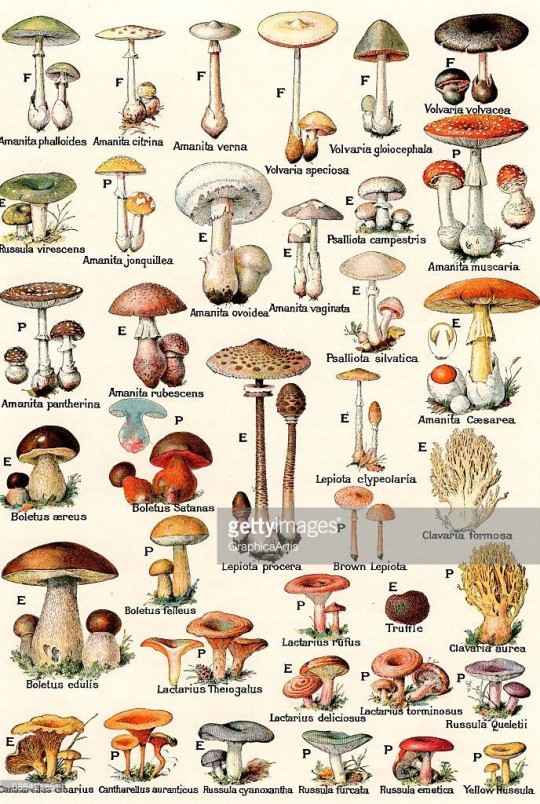



My phone is full of 1000s of images of all kind of "high art" and illustration to Gothic culture and vintage science illustrations that has attracted my attention over the last 5 or so years
6 notes
·
View notes
Text

Graphic Design Services
I help researchers increase engagement with their work. Together we will transform your ideas into unique and intuitive graphics with my reliable process:
1-Pinpoint your goals
2-Sketch and prototype
3-Discuss and iterate
4-Goal accomplished
.
𝐇𝐈𝐑𝐄 𝐌𝐄 (Biocanvas | Profile | Fiverr)
.
💎Here to HELP You:
✔️Graphical Abstract Design
✔️Journal Figures Design
✔️Scientific Illustration
✔️Flyer and Poster Design
✔️Infographic Design
✔️Slides Design
#graphics#graphic design#poster design#slides design#graphical#journal figures#scientific illustrations#flyer design#infographics#biotechnology#biotech#science#biology#biochemistry#studyblr#molecularbiology#commissions#open commissions#commissions open#digital commisions#art commission#commission info
6 notes
·
View notes
Text
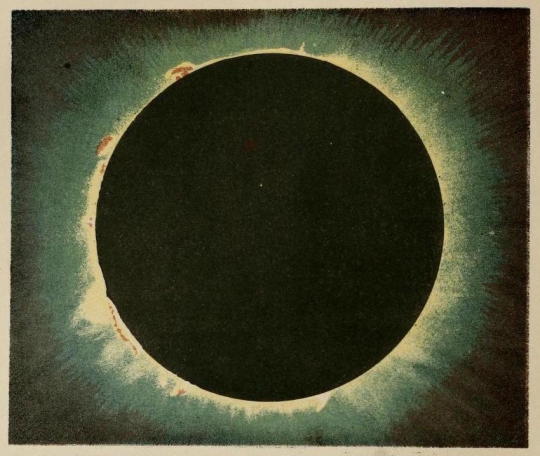
Total eclipse of the Sun, July 1860, illustrated by astronomer Warren de la Rue.
22K notes
·
View notes
Text
This is a positive post

#dinosaurs#paleoart#iguanodon#positive#bodypositivity#goals#mental heath support#Tumb#like4follow#you're doing great#paleontología#scientific illustration
68K notes
·
View notes
Text
The Making of a Monster
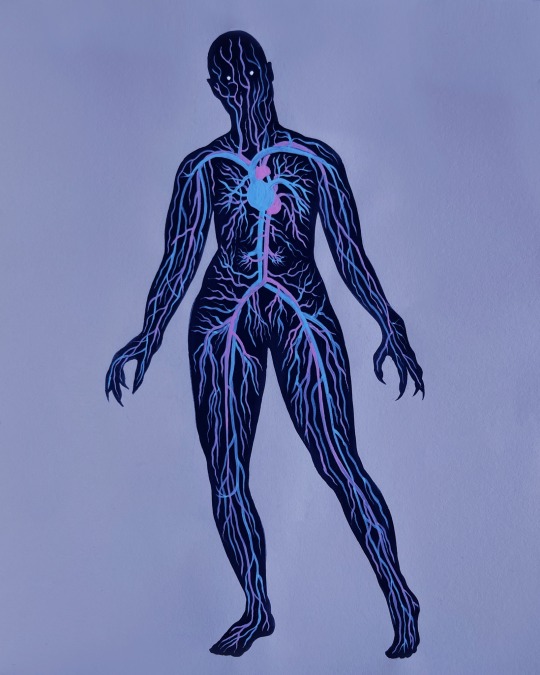


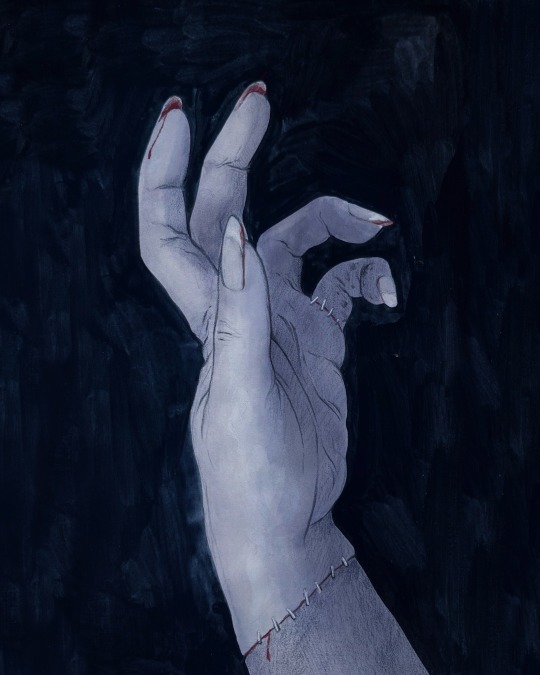
#frankenstein#monsters#anatomical art#scientific art#painting#art#gouache#acryla gouache#mary shelly's frankenstein#sketchbook#illustration#traditional painting#watercolor
5K notes
·
View notes
Photo
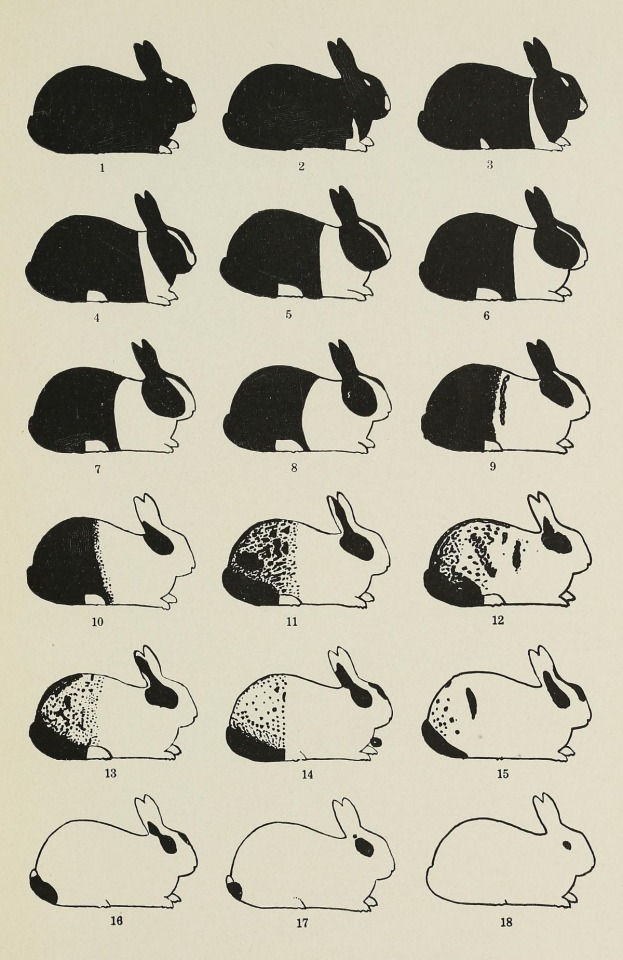

A variety of possible fur patterns for Dutch and English rabbits respectively from William E. Castle’s Contributions to the genetics of the domestic rabbit (1932).
Full text here.
14K notes
·
View notes
Text
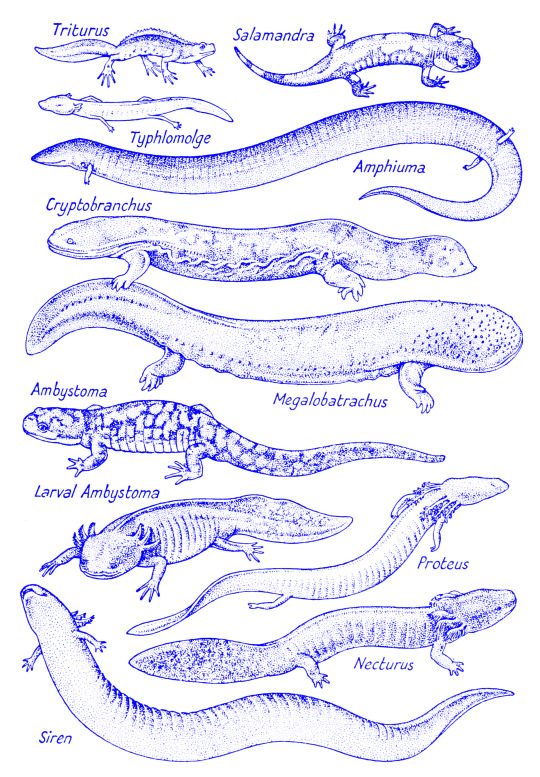
"Various urodele amphbians, not all to the same scale." The life of vertebrates. 1962.
Internet Archive
#amphibians#animals#nature illustration#collection#processed image#scientific illustration#biology#nemfrog#1962#1960s#1k
4K notes
·
View notes
Photo

Sirens of the Sea
Here’s something different; not cetaceans, but marine mammals for sure. A fun challenge from one of last year’s commission. Definitely a ways outside of my normal comfort zone, but I think they turned out okay. (Dugong and Manatee experts will no doubt be able to spot some blaring mistakes lol). I especially enjoyed painting the Dugong. Very weird, but cute at the same time. And their heads have a nice shapeliness to them. That’s nice for drawing. The manatee by contrast felt a bit more “blobby” and hard to make look right. I hope you’ll like these two Sirens - the order’s scientific name coming from a legend regarding their discovery: lonely sailors would have mistaken them for mermaids, like the sirens of Greek Mythology.
We’re almost through the (rather huge) list of illustrations from last year’s commissions by the way. Just baleen whales to go - and then..? I’m not sure because I still haven’t painted anything this year. A bit appalling how busy things stay. Hopefully soon.
#scientific illustrations#illustrations#Dugong#Dugong dugon#West African manatee#manatee#Trichechus senegalensis#sirenia#sirenians#sirens#marine mammals#digital art
79 notes
·
View notes
Photo


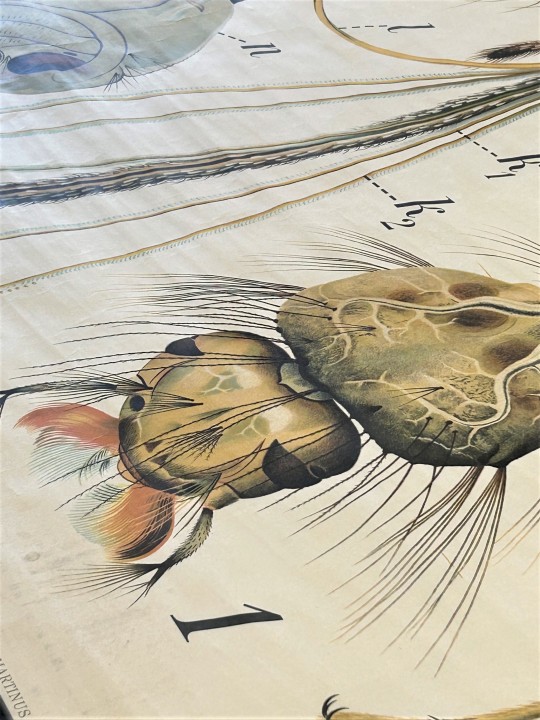

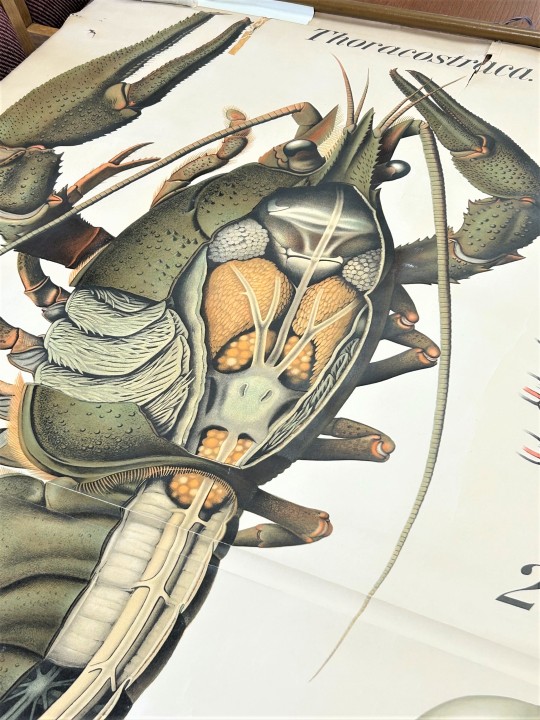


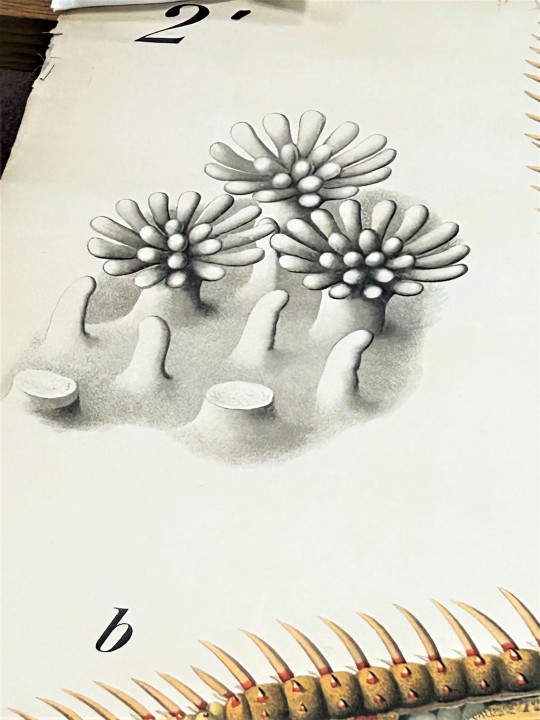
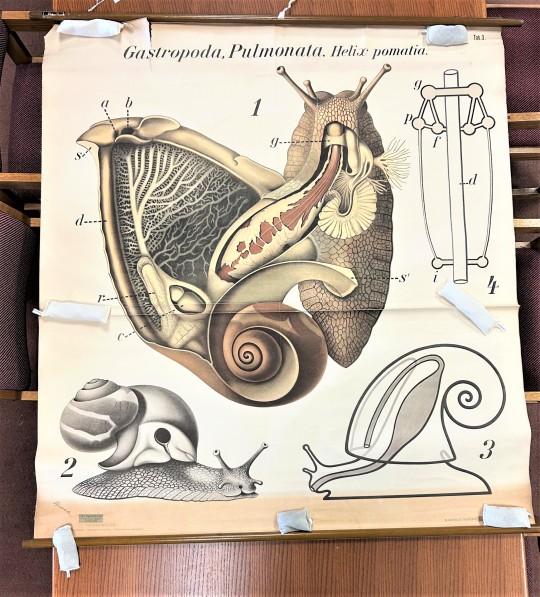

Sarah Strikes Again!
On December 30, the very last research day of 2022, our former long-time graduate intern and social media science editor Sarah Finn (now the Archival Projects Librarian at the Milwaukee Public Library) visited Special Collections to do research with some of our rare or scarce natural history publications including these four early-20th-century biological wall charts. As we unrolled the charts onto our tables (a two-person effort), we were so struck by the exquisite presentation of these invertebrates, we just had to share.
The undated, chromolithographic charts, measuring approximately 135 x 130 cm (4.4 x 4.3 ft.), were produced by Austrian zoologist and natural history artist Paul Pfurtscheller (1855-1927). They form part of his Zoölogische Wandplaten series which began in 1902 and included about 70 charts. The first charts in the series were originally published in Vienna by A. Pichler's Witwe & Sohn, and we hold a few of these earliest charts. The charts shown here, however, were printed in Stuttgart by Adam Gatternicht lithographers for The Hague publisher Martinus Nijhoff, and distributed in the U.S. by a variety of firms, including A.J. Nystrom & Co. in Chicago and Clay-Adams Co. in New York.
Thanks to Alice Ladrick our department manager for taking the photos. We particularly like the rather jolly-looking snail in the last image!
View other posts from our Biological Wall Chart collection.
View post from our Science Saturday series, initiated by Sarah.
View all posts by and about Sarah Finn, who was also our fine press, botany, and decorative arts editor.
#wall charts#biological wall charts#scientific wall charts#natural history#scientific illustrations#Sarah Finn#Paul Pfurtscheller#Zoölogische Wandplaten#chromolithographs#Yay chromoliths!#Martinus Nijhoff#Adam Gatternicht#A.J. Nystrom & Co.#Clay-Adams Co.#mosquitoes#lobsters#starfish#snails
113 notes
·
View notes
Text
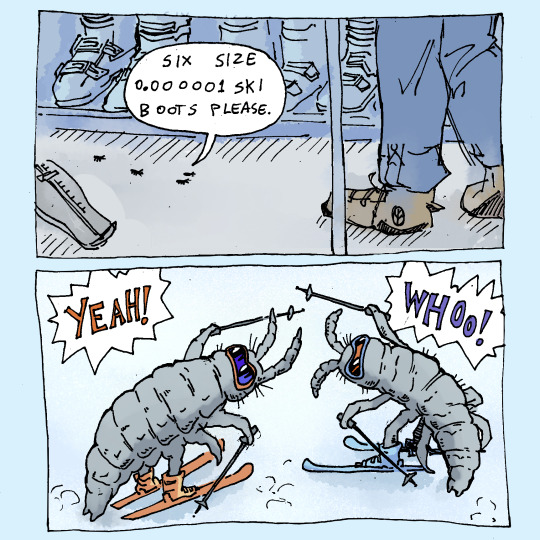
Snowfleas, a type of springtail, remain active even during winter. They produce a biological equivalent of antifreeze in their blood. Happy December!
6K notes
·
View notes
Text

Lumpfish illustrations
#lumpfish#fish#illustration#illustrations#art#sea creatures#oceanic#mypost#sealife#scientific illustrations
1 note
·
View note
